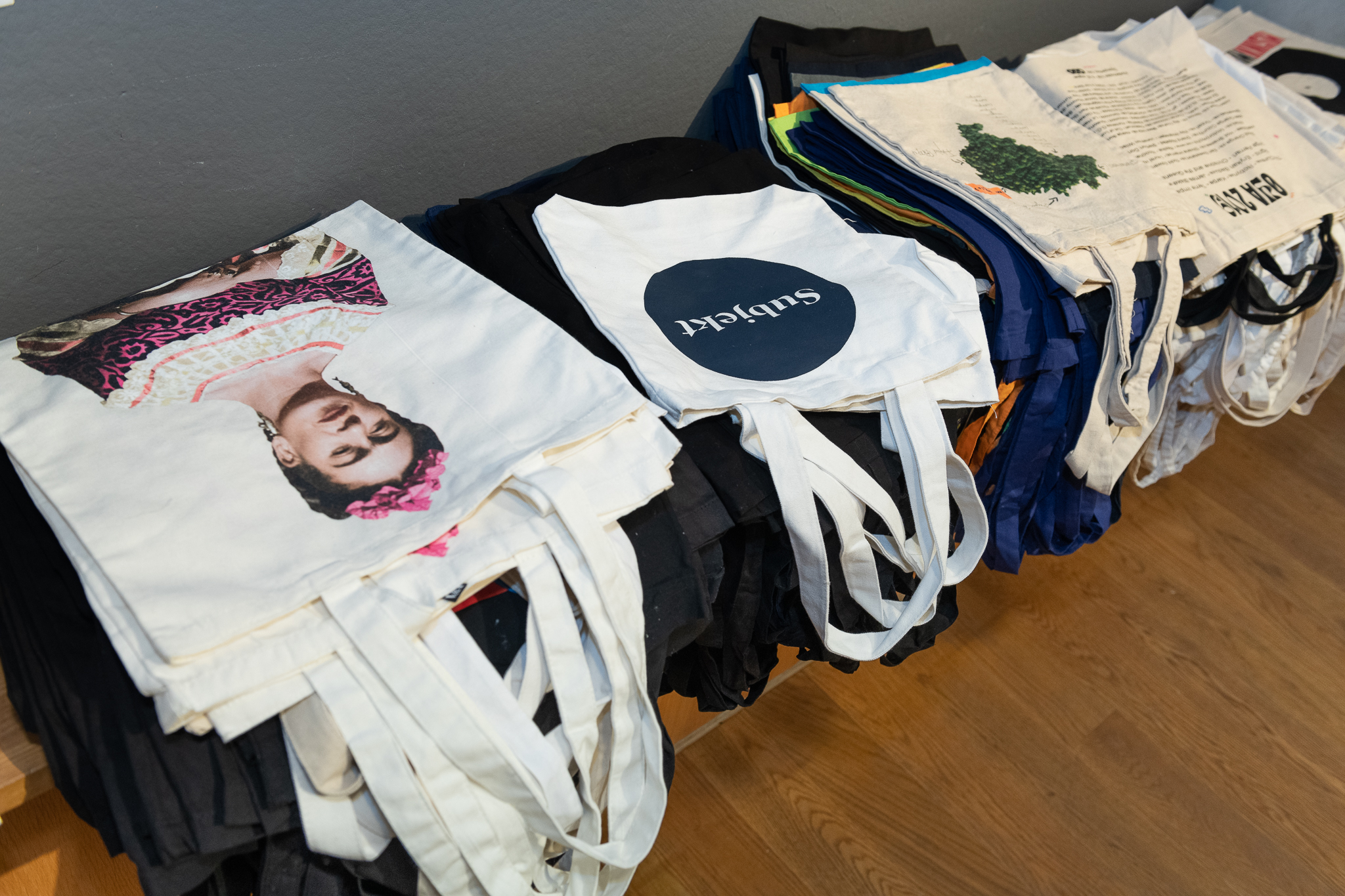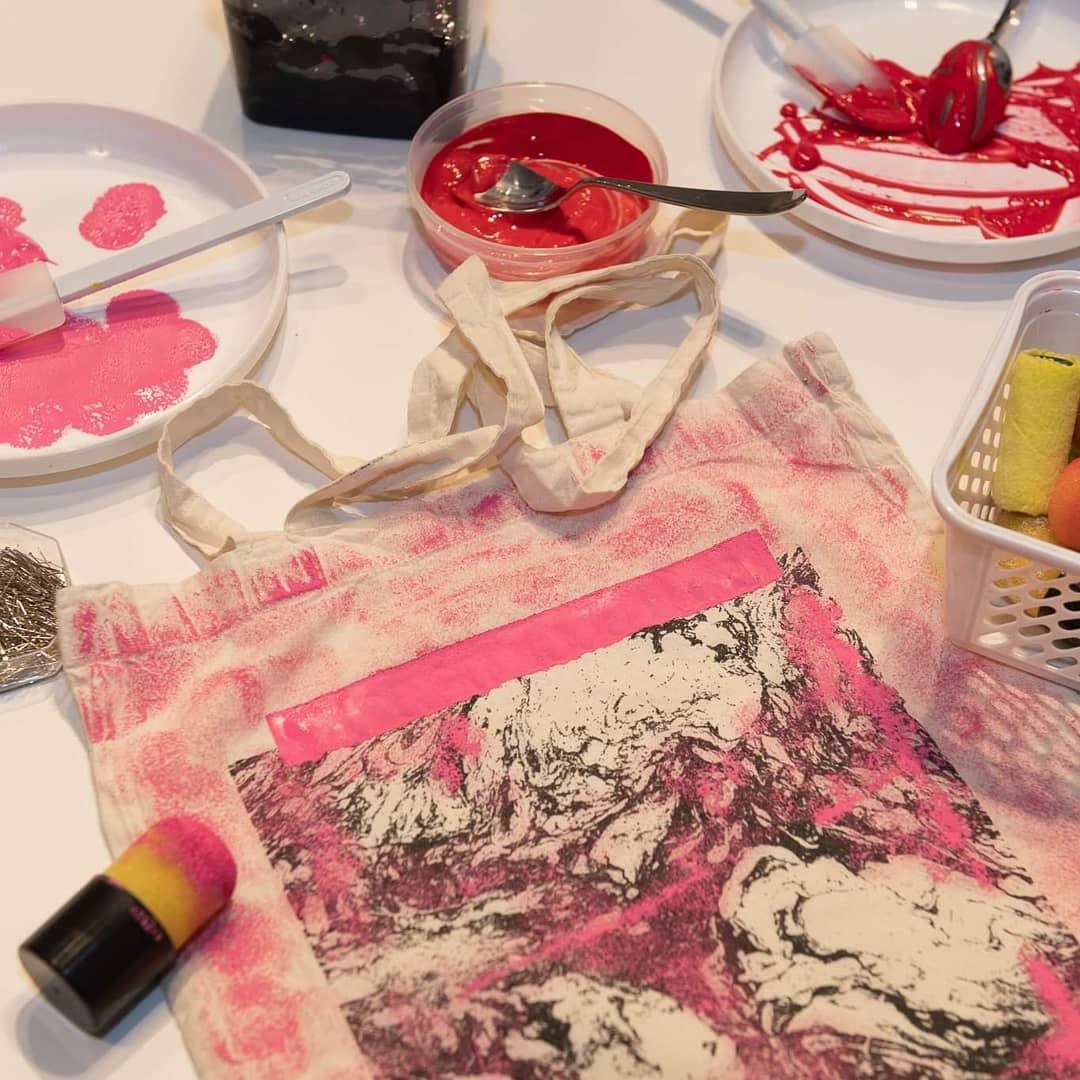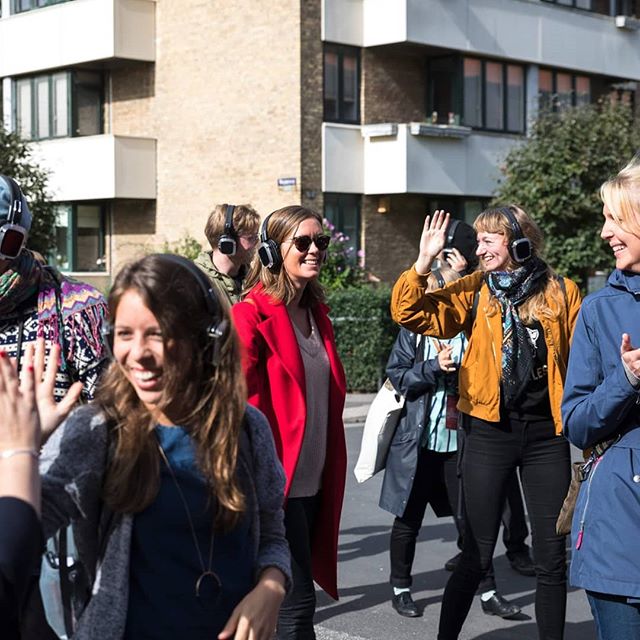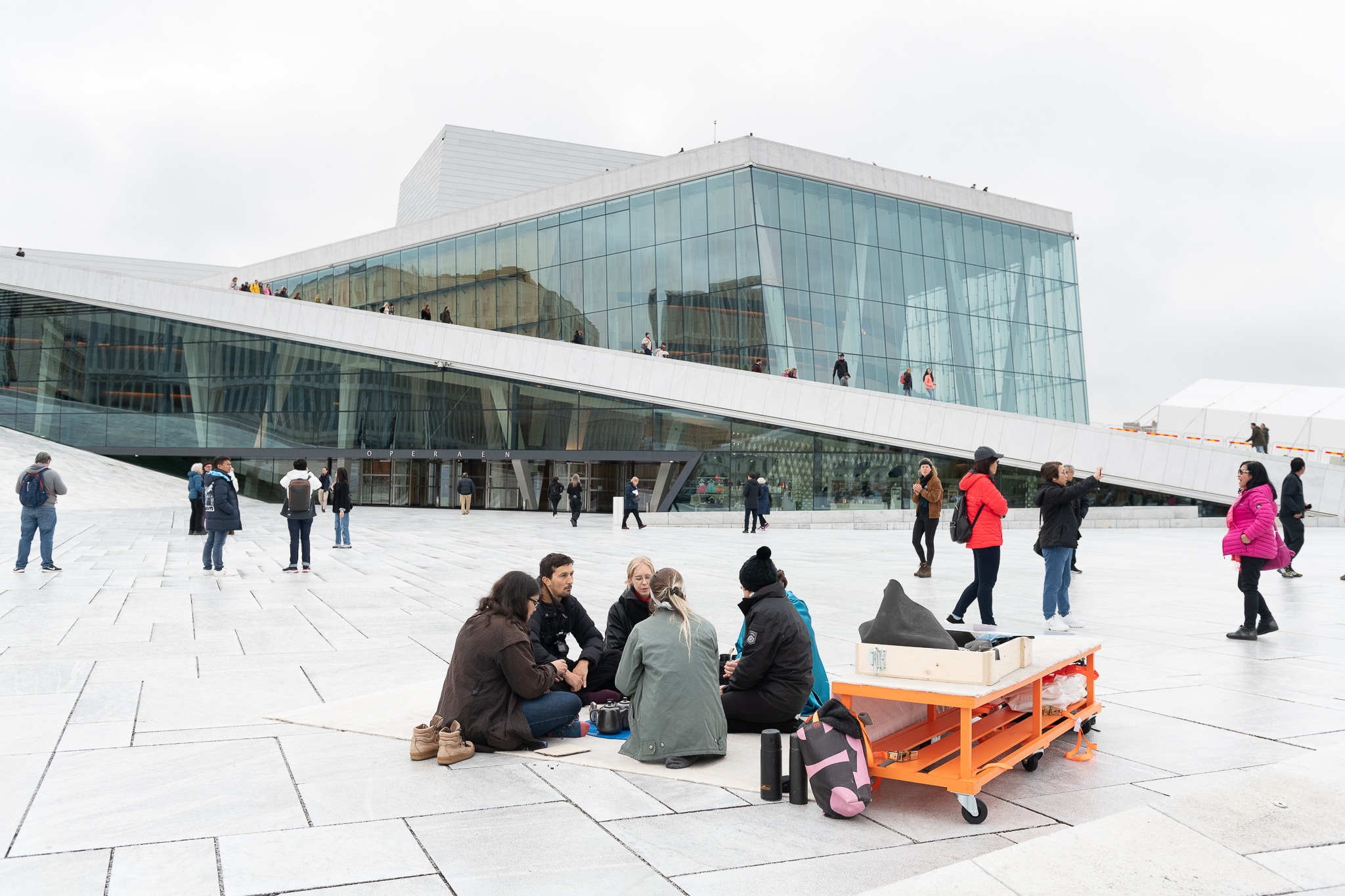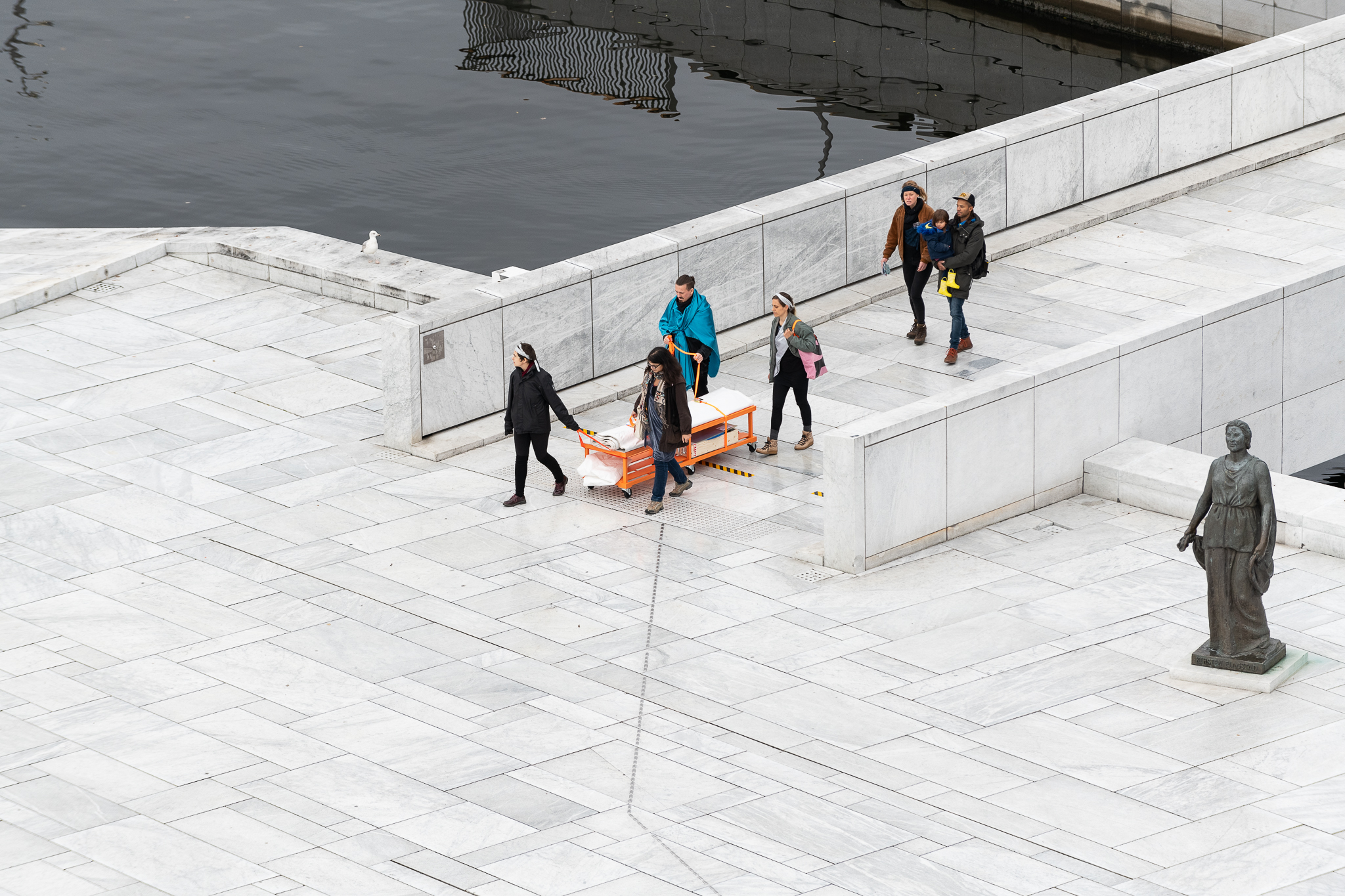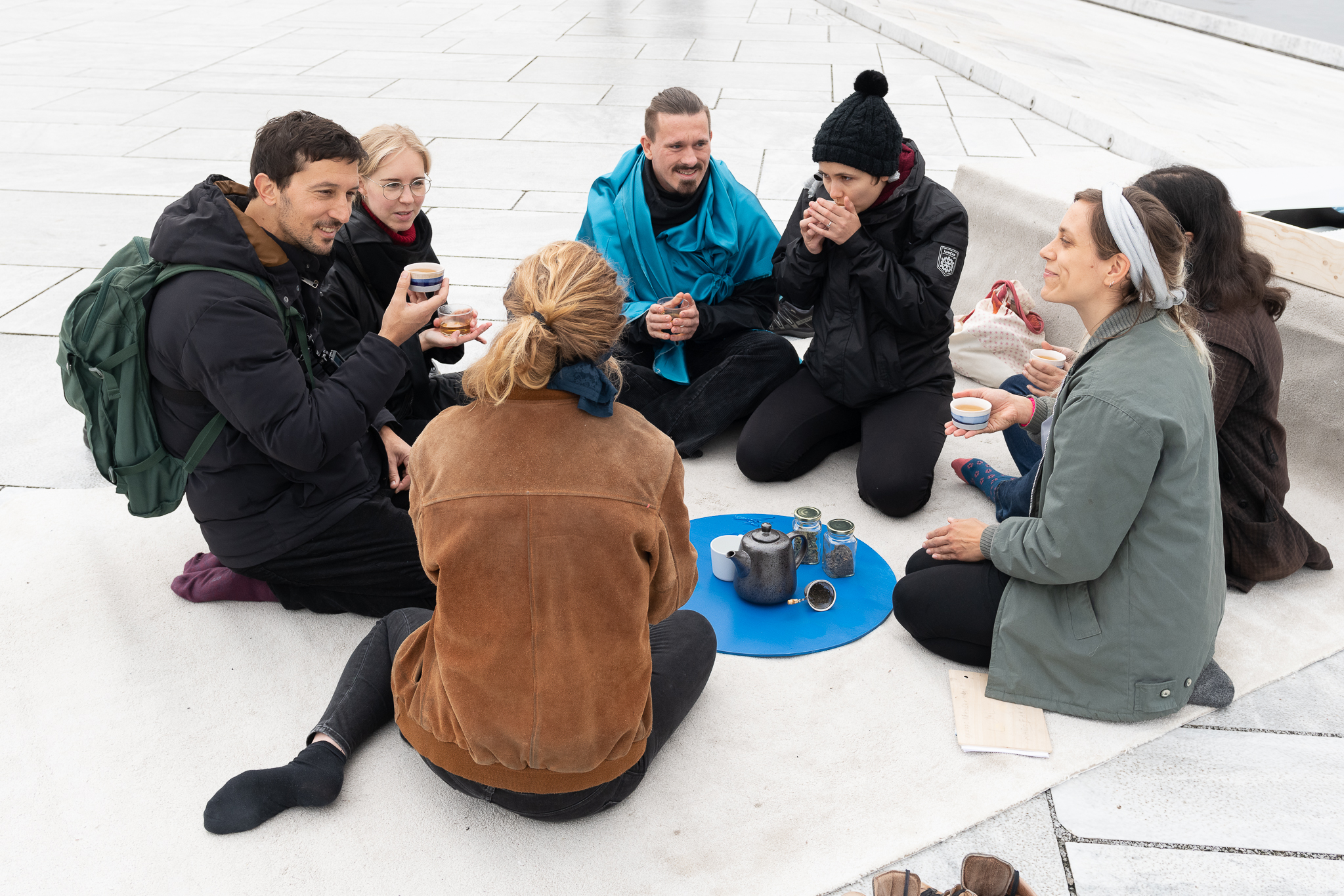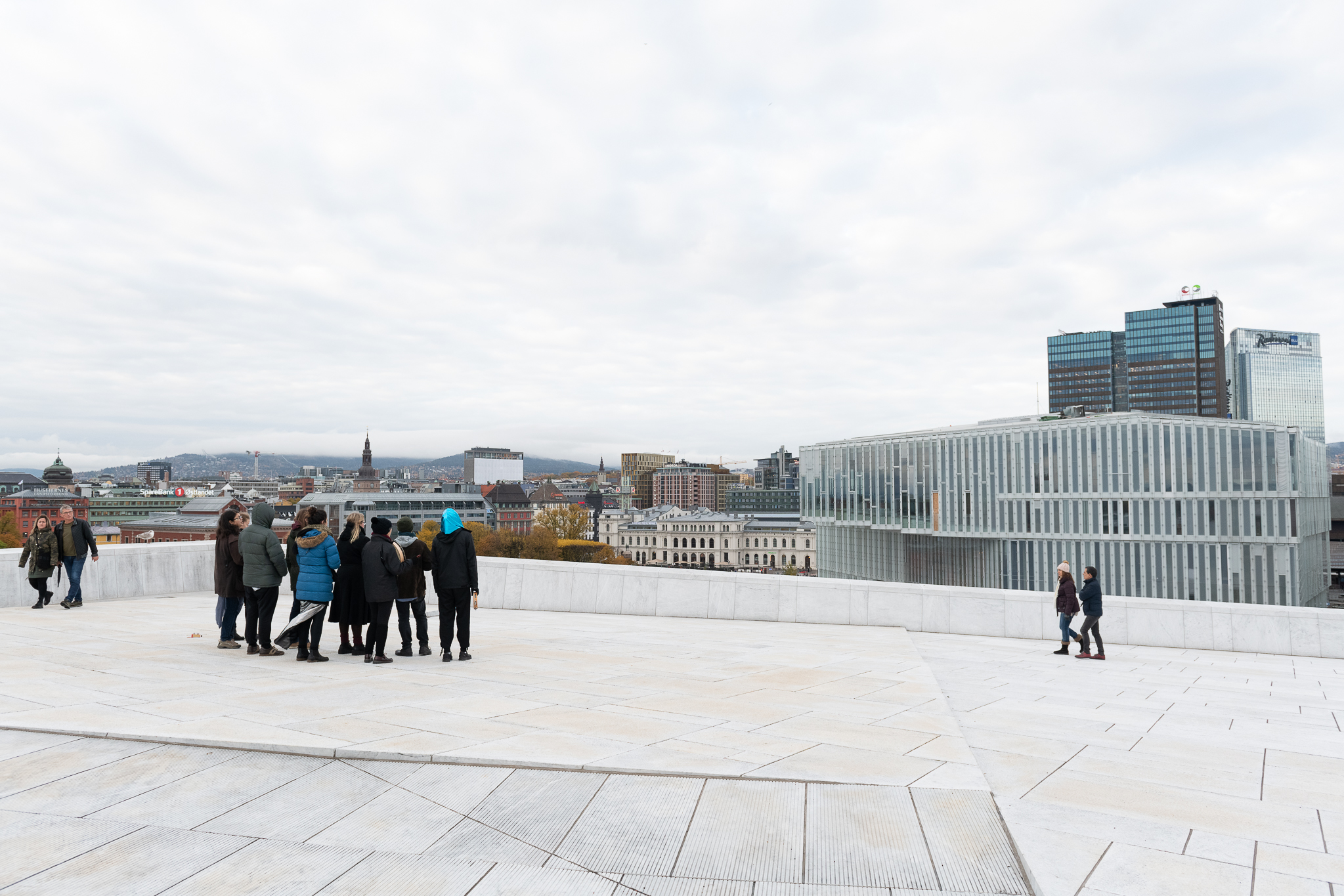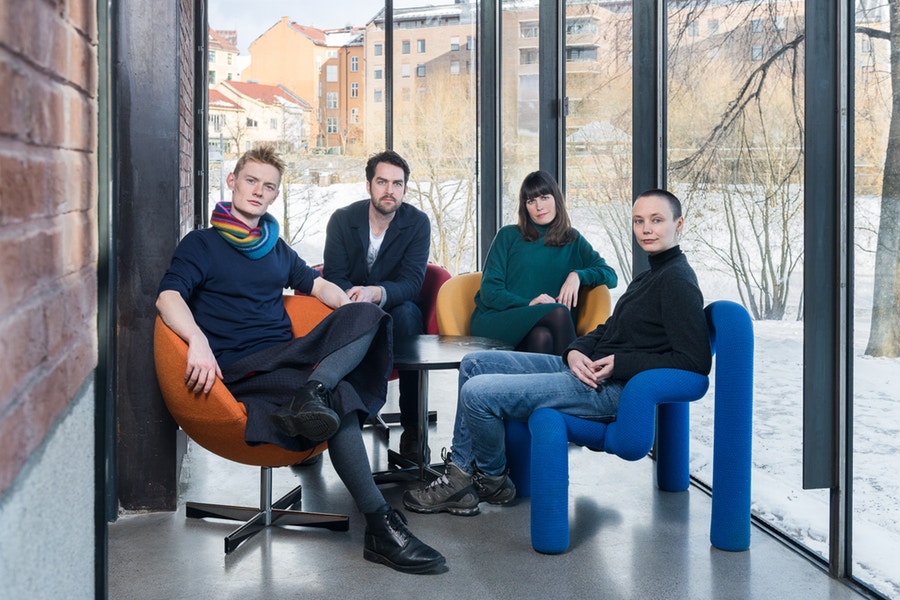Pastevent
The Architecture
— of Degrowth
For the last two centuries, the engine of architectural production and the basis of societies around the world has been the pursuit of economic growth. The desire for infinite growth has forced aside common and ecological goals measuring acts of culture and community as mere bumps in GDP. Yet the limits to this paradigm have become abundantly clear. As equity, wellbeing and non-monetary measures of prosperity falter, rising sea temperatures, extreme weather and other indicators of climate breakdown converge on the conclusion that the days of growth’s predominance are running out.
Architecture is no exception. The promise of a meaningful life’s work harnessing the transformative power of design to mix beauty and social justice is deeply felt. Yet for many, our daily practice looks very different to the work we aspired to. The majority of urban practitioners are not the agents of social change they might have been, but cogs in a vast value-producing machine whose hunger for expansion is never abated. Homes have become vehicles of capital speculation, galleries have become billboards for attracting investment, streets have become the infrastructure of consumption, universities export enlightenment for profit.
In our bones we know that infinite economic growth is impossible. We know that money cannot buy happiness. We know that change is coming. Yet our professions continue to toil at the coalface of economic expansion cultivating consumption in pursuit of a prize that is never enough.
ENOUGH responds to an era of climate emergency and social inequality by proposing alternatives to the unsustainable and unfair paradigm of growth. The festival explores the architecture of Degrowth, an economy of shared plenty in which human and ecological flourishing matter most. It is time to call time on too much for the few and too little for the many. Join us as we propose a vision of Enough for all.
Institutions of Degrowth
The main venues of OAT 2019 tell a story of a city lived in. A 19th century bank repurposed as a museum; two old power stations, adjusted, extended and eventually transformed into a design policy think tank and a school of architecture and design; and a car garage now a gallery. These spaces represent a way of being in the city where the life of buildings is an open-ended tale of adjustment and inhabitation. By contrast, the average lifespan of a skyscraper in Manhattan is 30 years. Looking to an architecture of degrowth, we may learn something from the awkward and adventurous characters of our cities.
Inspired by these transformed venues of Oslo, Enough inhabits their robust existing building fabric and creates new institutions of degrowth: The Library, The Theatre, The Playground, and The Academy. These institutions promote sharing our resources, imagining alternatives, freedom to play, and democratic education; all issues central to transitioning to a future free from the growth imperative.
- The Library celebrates sharing, de-commodification, and democratisation of goods and ideas in a welcoming heart of a community.
- The Theatre reveals the constructedness of our world that invites participants to question reality and actively explore generating alternatives.
- The Playground initiates a deeper game of exploring and listening to the city reclaiming the streets as a site of joyful and thoughtful experimentation.
- The Academy offers a platform for discussion and research to battle injustice and extraction.
The transdisciplinary architecture and engineering practice Interrobang will curate the Oslo Architecture Triennale 2019.
The 2019 Chief Curatorial team comprises British architect, engineer and writer Maria Smith; Canadian architect and educator Matthew Dalziel; British critic Phineas Harper; and Norwegian urban researcher and artist Cecilie Sachs Olsen.
The selected curatorial team has led numerous projects based on a shared interest in turning architectural discourse on its head with innovative formats operating at the intersection of architecture, art, politics and performance.
The team is committed to a holistic quest for innovation and new ways of thinking and practicing architecture, which takes form in various initiatives, such as initiating multi award-winning practices like Studio Weave, directing campaigning organisations like the Architecture Foundation, collaborating with and editing international design magazines, working within architectural education and creating participatory art practices to undertake research that challenges conventional approaches to urban planning.
About the curators
Maria Smith is an architect working across architecture, engineering, journalism, education, and events. She is founding director of transdisciplinary architecture and engineering practice, Interrobang. She is a columnist for the RIBAJ; a member of the RIBA National Awards Panel; co-founder of Turncoats; and a Design Advocate for the Mayor of London.
Matthew Dalziel is an architect and maker working across architecture, education and research. An Associate at Interrobang, Matthew now collaborates with clients from artists to airports, previously working with Stirling Prize-winning Haworth Tompkins on housing, theatres and cultural buildings. He has taught in the post graduate schools of Kingston university and the London school of architecture.
Phineas Harperis an architecture critic and designer. He is Deputy Director of think tank, the Architecture Foundation, a columnist for Dezeen and author of A People’s History of Woodcraft Folk. He co-founded the international debating society, Turncoats, with Maria Smith and the New Architecture Writers course for BAME design critics.
Cecilie Sachs Olsen is initiator of the urban art practice, zURBS and a postdoctoral researcher at the Centre for the GeoHumanities, Royal Holloway, University of London. Her work advances innovative and participatory urban research, exploring how artistic practice can analyse and reimagine urban space and politics. She has led over 40 art projects in nine European cities.
George Kafka (assistant curator) is a writer, editor and researcher based in London. He contributes regularly to Metropolis, Frieze, Disegno, Blueprint, The Architectural Review and others, writing about architecture and cities. He is a founding member of editorial collective &beyond.

